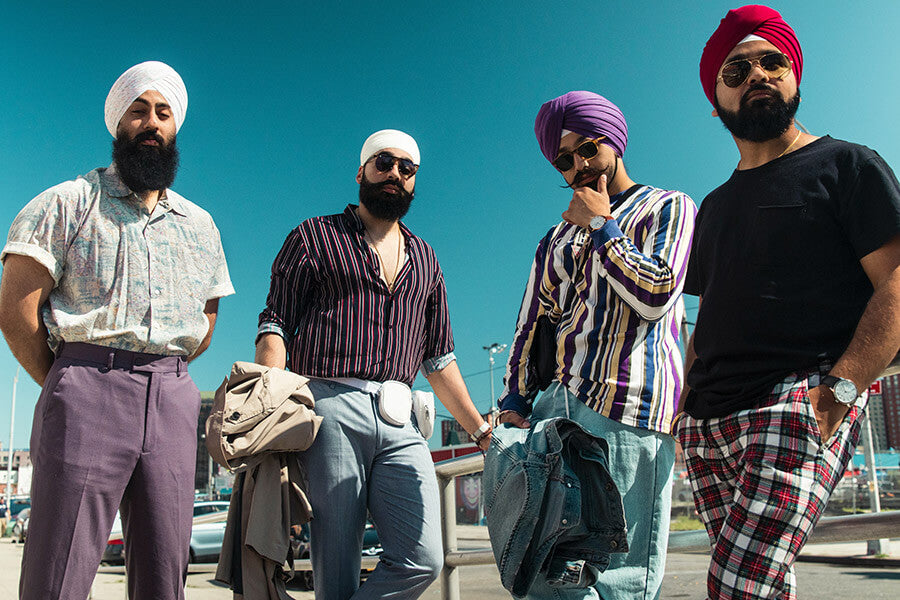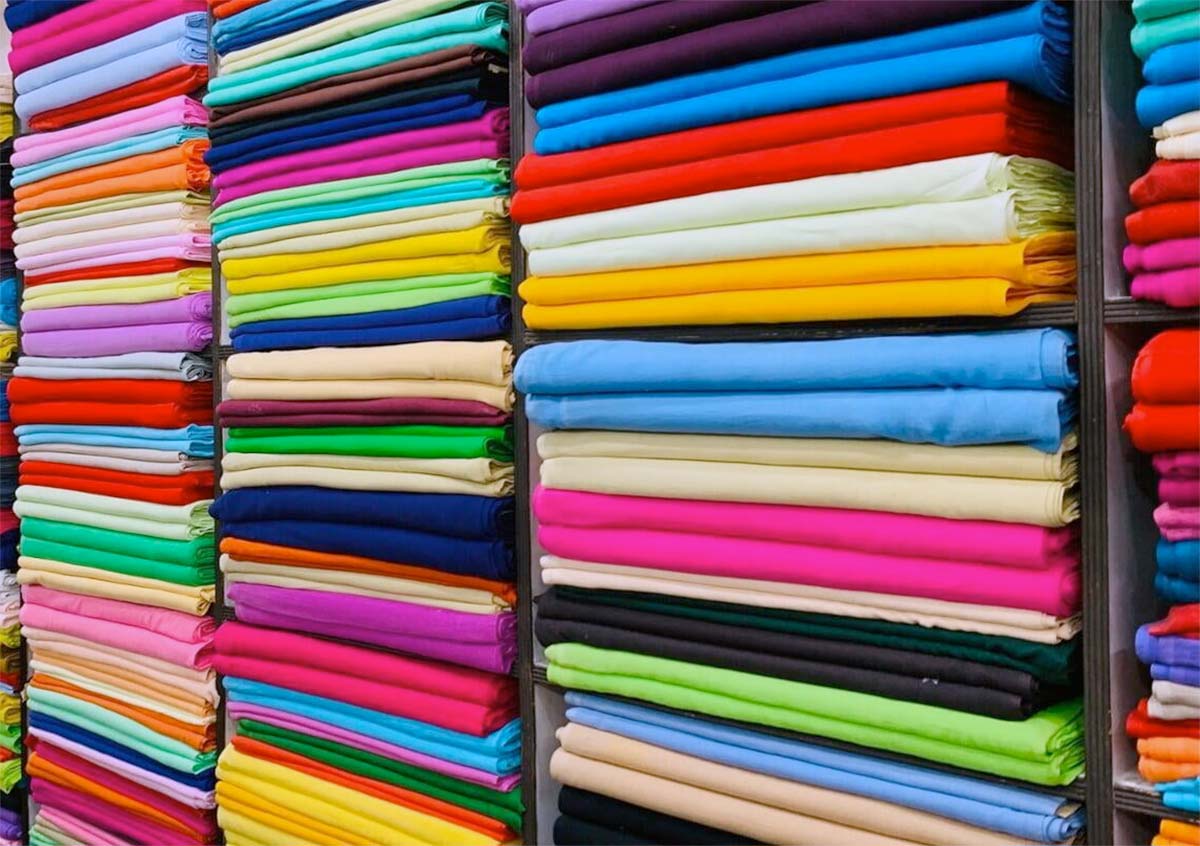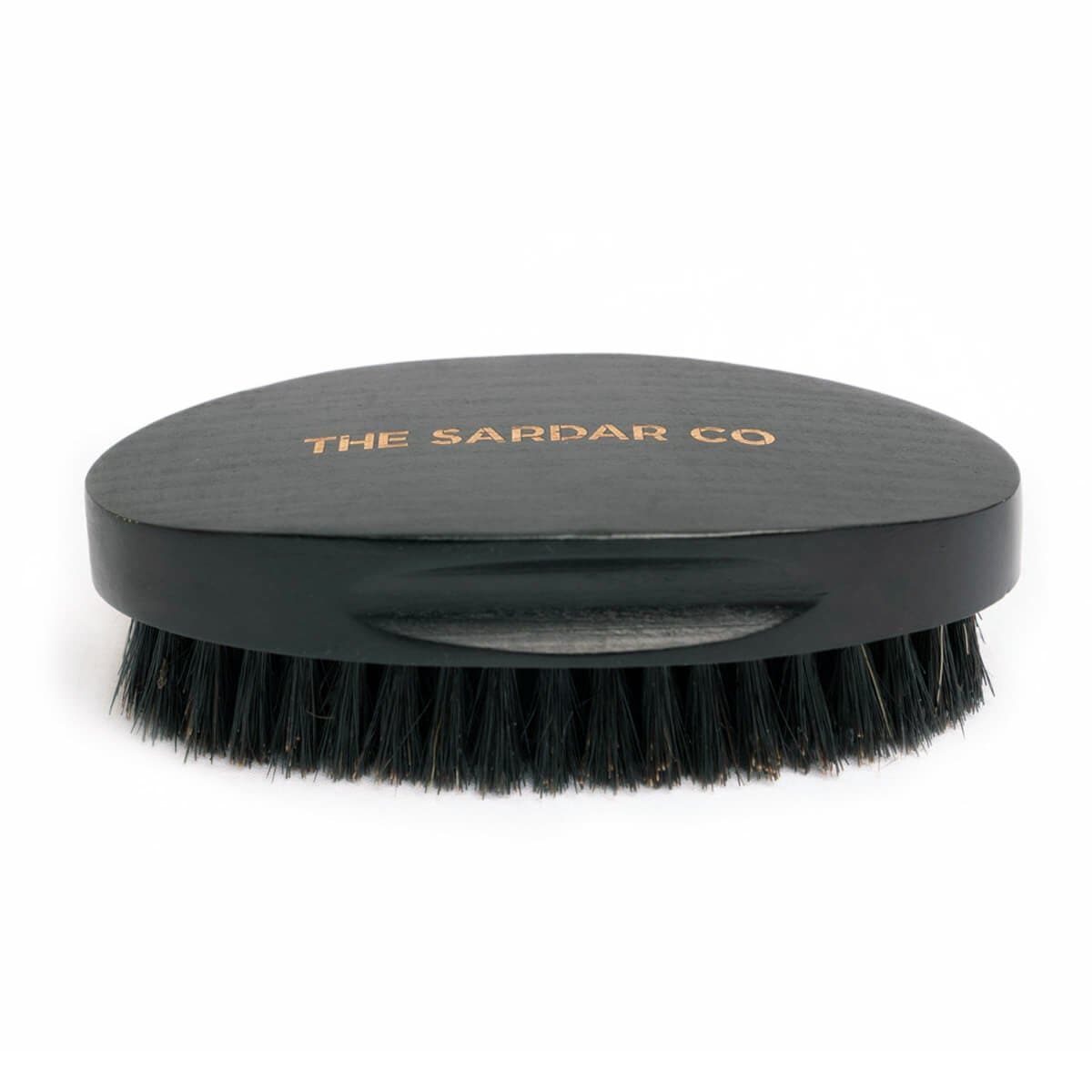The Turban stands out as strong symbolism for the Sikh religious community. In fact, it has become a shining beacon for Sikh members to be recognised everywhere.
Many Sikhs around the world choose to incorporate the Turban in their daily attire. Sikh men and women both wear turbans and there are many reasonings and beliefs on why they do. In this article, we will try to uncover as much as possible why Sikhs wear turbans.
A brief history of the Sikh Turban
 Guru Nanak, the first Guru and Founder of Sikhism wore a turban and since, every Sikh Guru who followed also wore one.
Guru Nanak, the first Guru and Founder of Sikhism wore a turban and since, every Sikh Guru who followed also wore one.
In April 1699, Guru Gobind Singh, the 10th guru of the Sikh religion conducted a baptism ceremony in April 1699 in the city of Anandpur. It was here that he formed the Khalsa, a brother and sisterhood of baptised Sikhs. Calling together all the followers of the Sikh faith, he pronounced the Kesh (hair) as one of the pillars of the faith, to be grown, maintained in a symbolic turban.
While other communities in the Punjab have gradually discarded the wearing of turban generally under the influence of western culture, for the Sikhs it has a religious significance. In fact, along with untrimmed hair, turban has become the most iconic feature of the Sikh male the world over.

Why Sikhs wear Turbans
When a Sikh man wearing a turban is spotted, naturally a lot of questions spring up in the minds of people. But the sad part is that there are a lot of misconceptions associated with a Sikh man and his turban that are doing the rounds of society.
We’re here to clear some of the confusion in the most straightforward way we could.
- First and foremost, the most obvious reason why Sikhs wear turbans is to represent their faith. It is a way of expressing brotherhood and unity among fellow Sikhs.
- The skull or the crown of the head is a critical part of the body. Covering the crown of the head with a many layered clothing not only is a sign of reverence to that area but also triggers the pressure points in the skull which in turn regulates blood circulation and mental activity.
- During the formation of the Khalsa, Guru Gobind Singh Ji proclaimed a uniform dress code upon all Sikhs which included the 5 K’s of the Sikh identity (Kesh, Kara, Kirpan, Kanga, Kuccha). The turban is part of this identity aimed at promoting equality and brotherhood.
- Sikhs believe that wrapping the head with a tight turban securely in place helps the mind stay grounded and focused on the important things in life. In fact, this belief is so strong that Sikh women also embrace the turban as a way of fostering self-reliance and equality in gender.
- Everyone is royal and equal – During the initiation of the Khalsa, the Turban was prevalent in society as a sign of royalty. It represented the higher castes. Only the privileged and influential were allowed to wear a turban. By tearing down this system and by granting everyone an equal right to wear one, the turban was no longer seen as a status symbol.
- A pact was made among the Sikh brotherhood that in the event of a crisis, every man would be ready to assist his fellow brother in need. And the turban is crucial to keeping this alive as a way of recognising each other.
- Last but not the least, Guru Gobind Singh ordained that one’s hair was a precious creation. As a mark of devotion to the creator, he asked Sikh members to never cut their hair and to let it grow free. Uncut hair needs to be protected against the environment and a turban does the best job of it.
At The Sardar Co, we take our turbans very seriously. That’s why we have a curated collection of Sikh turbans that you won’t find elsewhere. If you’re bored of dull fabric and uninspiring turban colours, you’re bound to be surprised at the variety we have in-store.

















Leave a comment